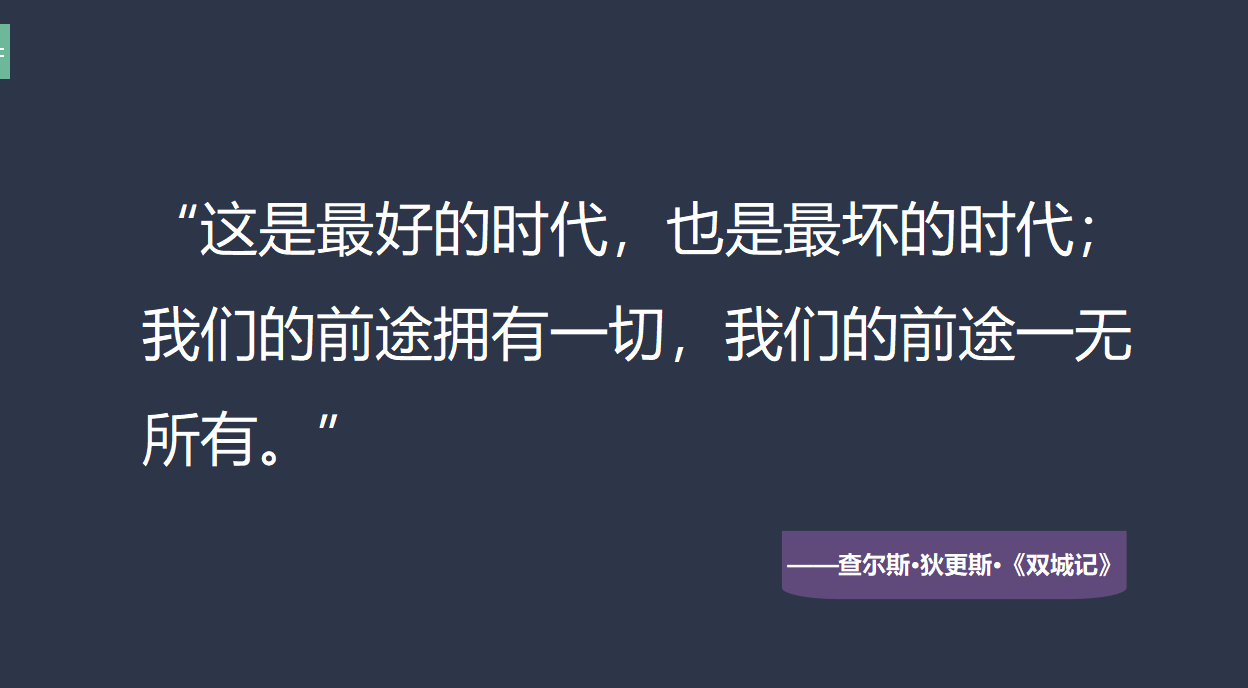如何在 React 中有条件地显示组件
介绍
说到使用 React 进行条件渲染,您有很多选择。有些可能比其他的更直观,但不要忽略那些难以理解的。它们可以更简洁,而且一旦习惯了就会更容易理解。即使您决定不以这种方式编写代码,您也会经常在代码中遇到最后两个选项(使用&&和三元组),因此熟悉它们是很好的。
选项 1 - 如果组件
假设您有一个Home组件,并且根据用户是否有帖子,您想要显示Posts组件或NoPosts组件。
如果你熟悉 Angular 和ng-if指令,你可能会想编写这样的If组件:
const If = ({ condition, children }) => {
if (condition) {
return children;
}
};
仅当满足条件时,才会渲染组件的子项。你可以像这样使用它:
const Home = ({ posts }) => {
return (
<If condition={posts}>
<Posts posts={posts} />
</If>
);
};
虽然你当然可以在 React 中做到这一点,但还有其他更简洁的条件渲染方式。
选项 2——IIFE
或者你可能想要在 SJX 中编写一个if语句,如下所示:
const Home = ({ posts }) => {
return (
<div>
{if (posts) {
<Posts posts={posts} />
} else {
<NoPosts />
}}
</div>
)
}
但这不起作用,因为if语句不是表达式。要使其成为表达式,您可以使用立即调用函数表达式 (IIFE)。
const Home = ({ posts }) => {
return (
<div>
{(() => {
if (posts) {
return <Posts posts={posts} />;
} else {
return <NoPosts />;
}
})()}
</div>
);
};
选项 3 - 变量
您还可以使用有条件地设置不同 JSX 值的变量:
const Home = ({ posts }) => {
const postsSection = posts ? <Posts posts={posts} /> : <NoPosts />;
return <div>{postsSection}</div>;
};
选项 4 - 渲染函数
您也可以将该变量提取到函数中。
const renderPosts = posts => (posts ? <Posts posts={posts} /> : <NoPosts />);
const Home = ({ posts }) => <div>{renderPosts(posts)}</div>;
我不太喜欢在 React 中编写渲染函数,因为它太接近于一个组件了。
选项 5 - 组件
除了渲染函数之外,您还可以将其作为渲染Posts或NoPosts的小组件。
const Posts = ({ posts }) => (posts ? <Posts posts={posts} /> : <NoPosts />);
const Home = ({ posts }) => (
<div>
<Posts posts={posts} />
</div>
);
选项 6 - 三元
如果您的逻辑足够简单,您可以在 JSX 中使用三元组。
const Home = ({ posts }) => (
<div>{posts ? <Posts posts={posts} /> : <NoPosts />}</div>
);
如果你愿意的话,你也可以嵌套三元运算符。
const Home = ({ posts }) => (
<div>
{posts ? (
<Posts posts={posts} />
) : firstLogin ? (
<Onboarding />
) : (
<NoPosts />
)}
</div>
);
选项 7 - And 运算符
如果您的逻辑很简单,比如显示一个组件或不显示任何内容,那么您可以在三元组中返回一个null :
{
posts ? <Posts posts={posts} /> : null;
}
更简洁的方法是使用“与”运算符(&&)。
{
posts.length > 0 && <Posts posts={posts} />;
}
这是可行的,因为在 React 中,null和false不会渲染任何内容,而&&运算符会返回第一个假值或第二个值。因此,如果posts.length大于 0,则它将渲染Posts组件;否则,它将不渲染任何内容。
如果组件需要隐藏自身怎么办?
所有这些示例都是关于是否渲染组件的,但你实际上可能希望组件负责是否渲染自身的逻辑。你可以这样做。组件可以有条件地返回一些 JSX 或null,如下所示:
const Posts = ({ isDistractionFreeMode, posts }) => {
if (isDistractionFreeMode) {
return null;
}
return (
<div>
{posts.map(p => (
<div>{p.excerpt}</div>
))}
</div>
);
};
结论
在 React 中,有很多方法可以有条件地渲染组件或纯 JSX,因为在 JavaScript 中有很多方法可以有条件地执行操作。您甚至可以使用switch语句。您使用哪种方式取决于偏好和特定用例。而且,如果您选择了一种并决定稍后更改,您可以随时从一种形式重构为另一种形式。
有关更多示例,请查看 React 文档中的以下文章:
免责声明:本内容来源于第三方作者授权、网友推荐或互联网整理,旨在为广大用户提供学习与参考之用。所有文本和图片版权归原创网站或作者本人所有,其观点并不代表本站立场。如有任何版权侵犯或转载不当之情况,请与我们取得联系,我们将尽快进行相关处理与修改。感谢您的理解与支持!



































请先 登录后发表评论 ~